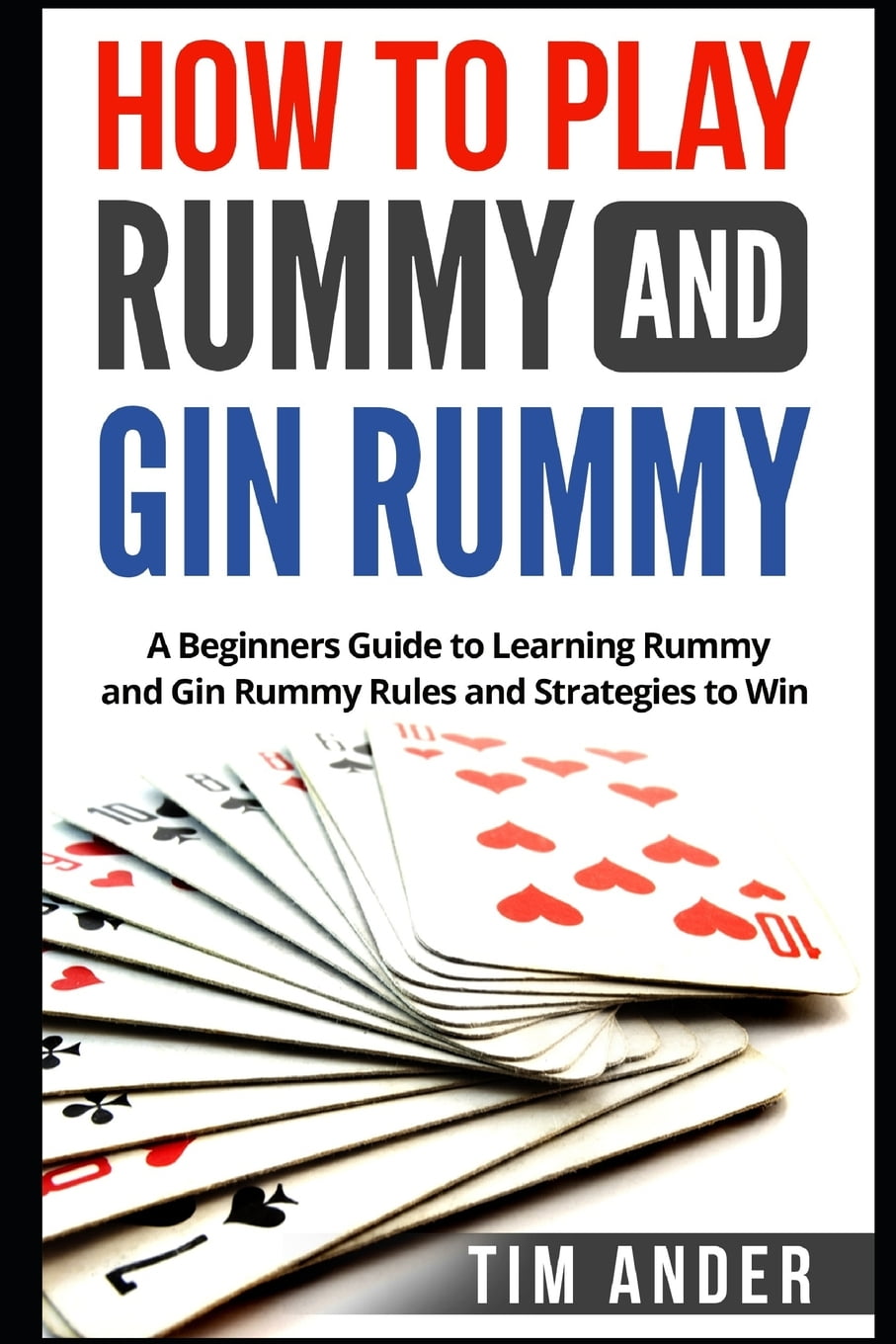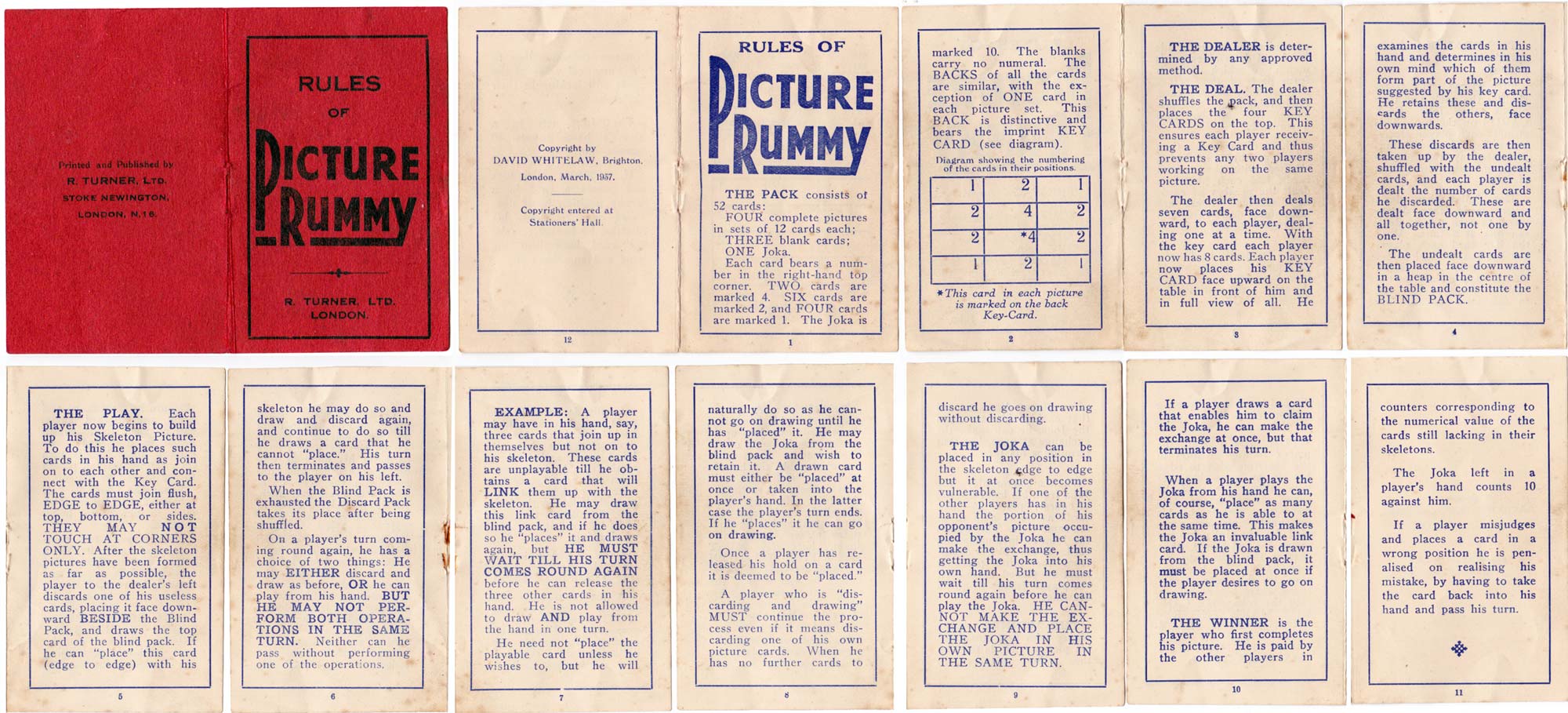

After all bonuses have been taken into account, the difference in points is calculated, and the loser pays the winner the difference multiplied by the amount agreed to before the game. Prior to the game, both players agree to the monetary value of a point and write it down on the score sheet. Gin Rummy can be played as a betting game. We won’t get into all of them here, but many of them can be combined as the players choose to make a truly customized Gin experience. Gin Rummy is a fairly old game, and over the years many variants have been concocted to spice up the game. This player then scores an additional 100 bonus points, and each player scores box bonuses of 25 points for each hand that they won. Game play continues until a player reaches 100 points. No points are scored.Īfter the end of the hand, the deal rotates, and the cards are shuffled and a new hand is dealt. In the rare event that the hand continues until only two cards are left in the stock, play stops, and the hand is considered a draw.

The opponent may not lay off deadwood on a gin hand.
#Gin rummy rules 2 players plus
Rather than knocking, they declare gin and reveal their hand, scoring the opponent’s deadwood total plus a 25-point bonus. However, if the non-knocker has the lower total, they score the difference, along with a ten-point bonus for undercutting the knocker.Īs an alternative to knocking, a player may elect to play on until their deadwood score reaches zero. Thereafter, the players both total up their deadwood if the player that knocked has the lower deadwood total, as is usual, they score the difference between the two deadwood totals. The player that did not knock may reduce their deadwood total by adding cards from it to the knocker’s melds. Both players then reveal their hands, sorting them into melds on the table. When a player’s deadwood total reaches ten or less, they may knock, which is discarding face-down and knocking on the table. The discard pile is to be kept squared up at all times, and fishing through the discards is not permitted if a player wants to use the information of what the discard pile contains, it is their responsibility to remember what has been discarded throughout the game. Play then passes to the dealer, who follows the same procedure, and so on and so forth. They then end their turn by discarding a card from their hand. They may take either the top card of the discard pile, or the top card of the stock. Aces are worth one point, face cards worth ten, and all other cards their face value. Aces are low, and kings are high, and a sequence cannot progress from one to the other (K-A-2 is not a valid meld).Ĭards also have a point value, used in calculating the amount of deadwood, or unmelded cards, each player has. Valid melds include three or four of a kind, or a run or sequence, such as 5-6-7, of the same suit. Gin Rummy revolves around melds, which are combinations of three or more cards. Place the deck stub in the middle of the table, forming the stock, and turn one card face up next to it, which is designated the upcard, or top card of the discard pile. Pencil and paper work fine, or you can use something fancy like a smartphone app designed for the purpose, of which there are many.ĭeal ten cards to each player. You will also need something to keep score with. Using anything other than Denexa 100% Plastic Playing Cards comes as a great disappointment to all involved. You will need one deck of 52 playing cards. The object of Gin Rummy is to arrange your hand into melds and be the first to knock, hopefully ensuring that the total of your unmatched cards is lower than that of your opponent. Its heyday was in the 1930s and 1940s, when it was associated with Hollywood and Broadway stars. Gin Rummy is probably the most well-known and most often-played of the Rummy family of card games.

Gin Rummy, also known simply as Gin, is a classic game of skill for two players.


 0 kommentar(er)
0 kommentar(er)
